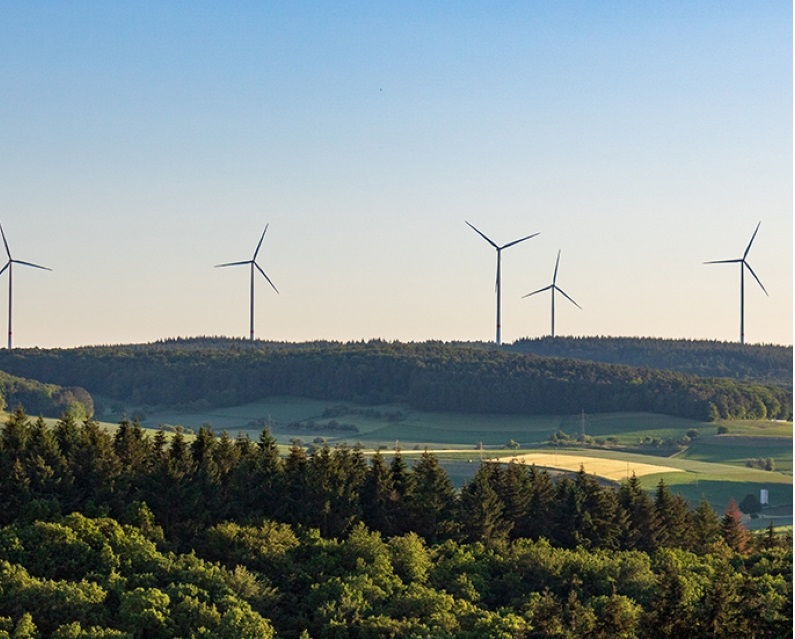
Disaster incidents are rising due to increased human vulnerability, exposure and a changing climate. From extreme heat, drought and wildfires to more severe coastal storms, sea-level rise and inland flooding, the consequences are all around us.
These challenges are further compounded by increased construction and population movement to vulnerable areas. Communities located in the wildland-urban interface or exposed coastal areas face heightened risks, including increased vulnerability to wildfires and flooding, rising insurance costs, challenges in accessing emergency services, and costly post-disaster repairs. These combined threats underscore the need for comprehensive resilience, adaptation and mitigation strategies to address both immediate and long-term risks.
The emergency management community is challenged by more severe, frequent, widespread and costly disasters. To better manage these threats, FEMA is committed to enhancing the nation's capability to anticipate, prepare for, and adapt to future conditions.
Addressing the impacts of climate change starts with advancing climate literacy across the nation.
Analytics provide insight and enable informed decision-making for future conditions.
Resilient infrastructure solutions are a critical step for mitigating against future conditions and enhancing resilience.
Read a fact sheet to understand FEMA's role in and resources for addressing climate change.



